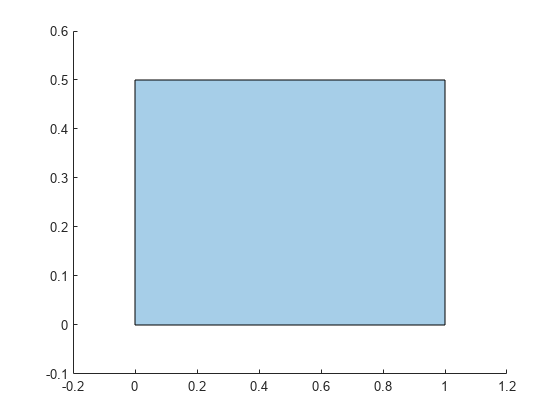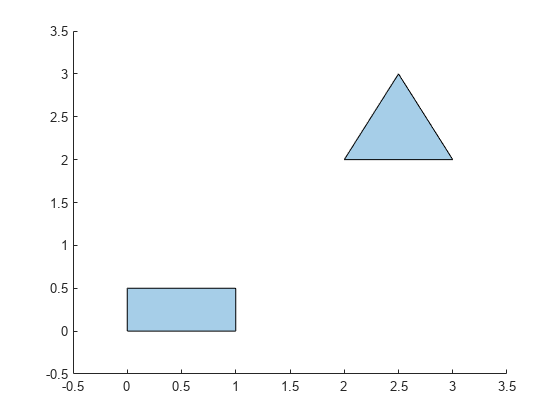addboundary
添加 polyshape 边界
语法
说明
polyout = addboundary( 添加 M 个边界,由每个边界的 x 坐标组成的向量全部列在一个元胞数组中。由对应的 y 坐标组成的向量也全部列在一个元胞数组中。每个 xi 的长度必须与对应的 yi 相同,但边界之间的顶点数可以不同。polyin,{x1,x2,...,xM},{y1,y2,...,yM})
polyout = addboundary(___, 为上述任意语法指定向 Name,Value)polyshape 添加边界的其他参数。
示例
输入参数
名称-值参数
扩展功能
版本历史记录
在 R2017b 中推出

